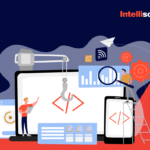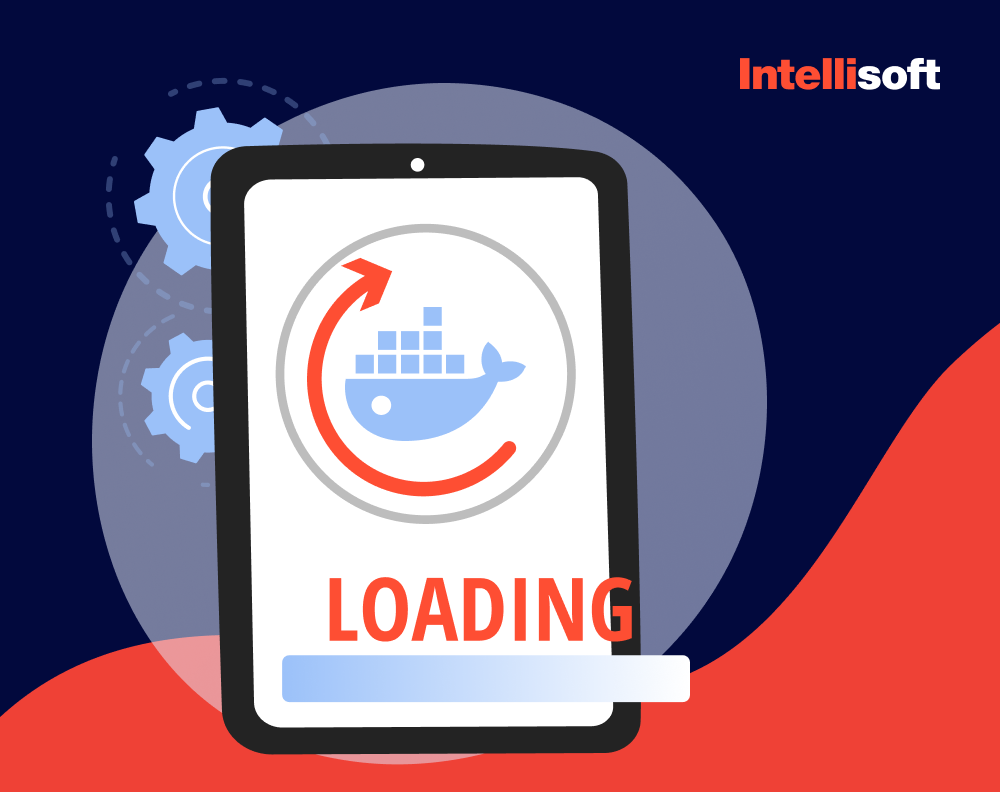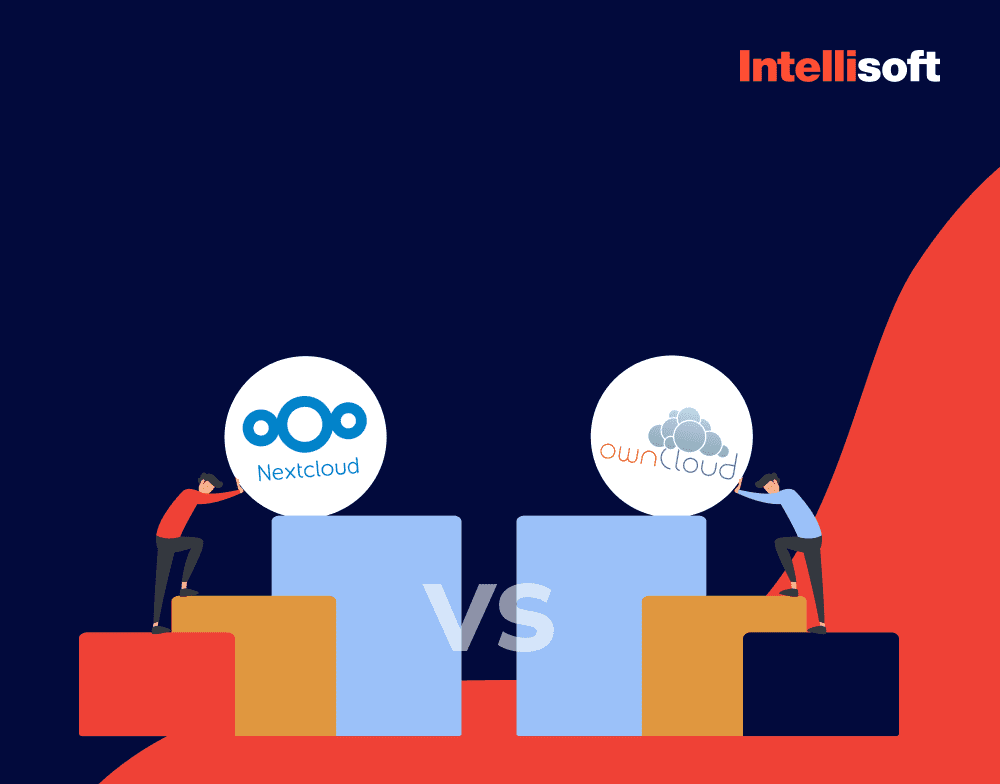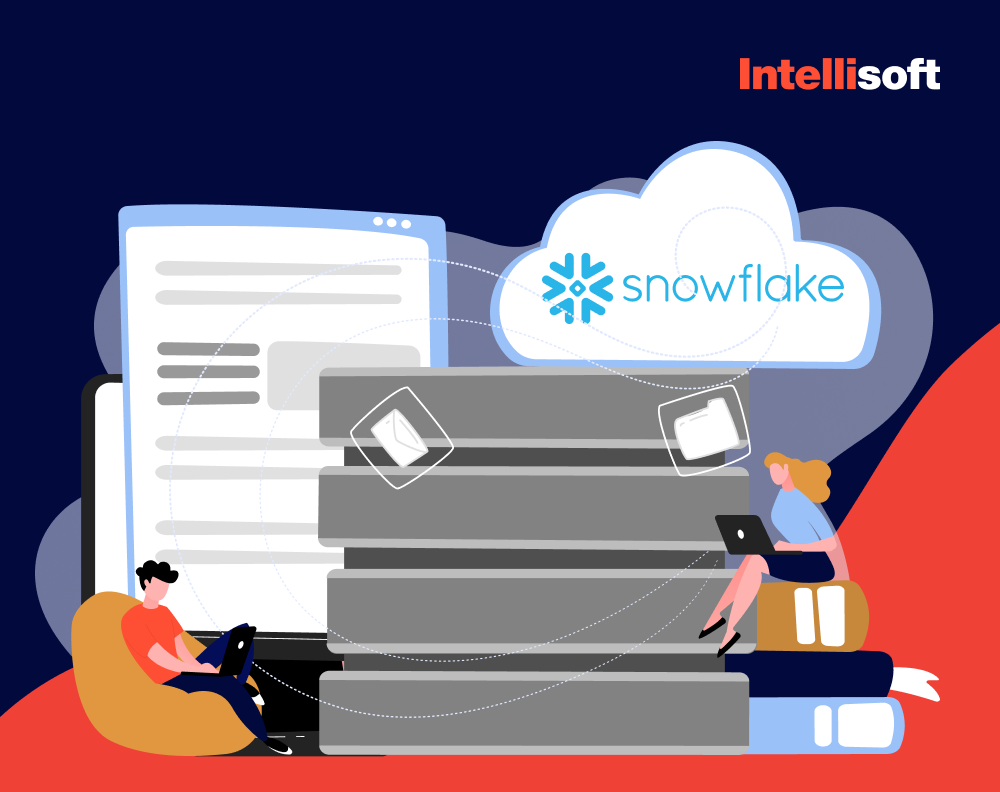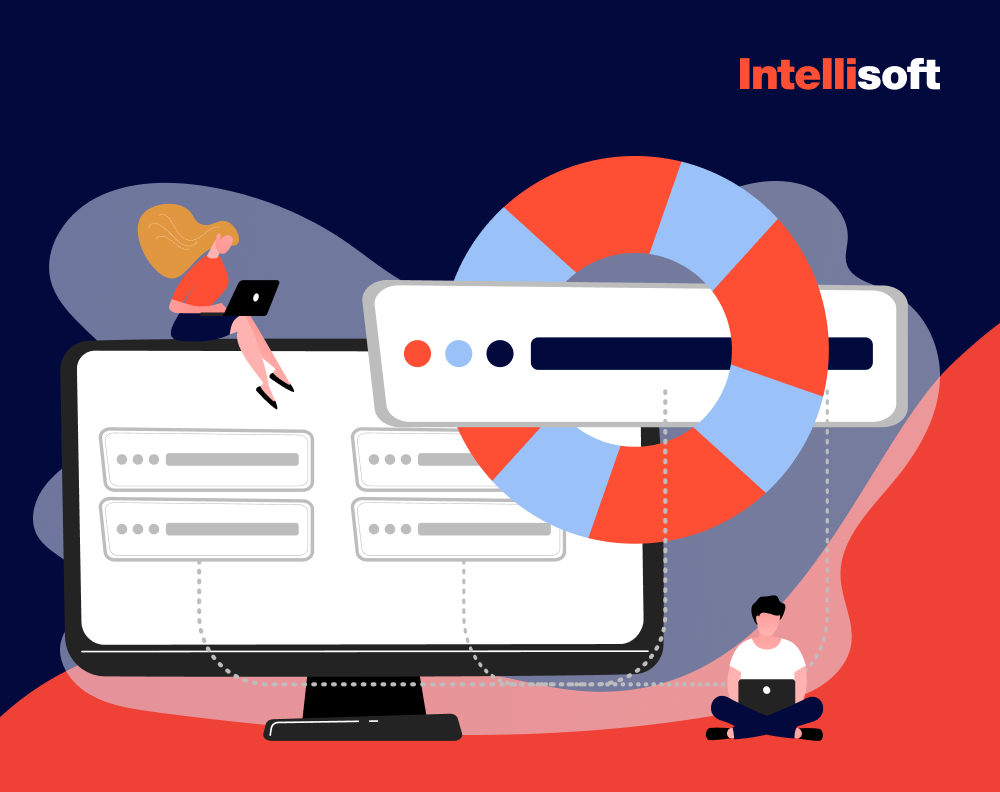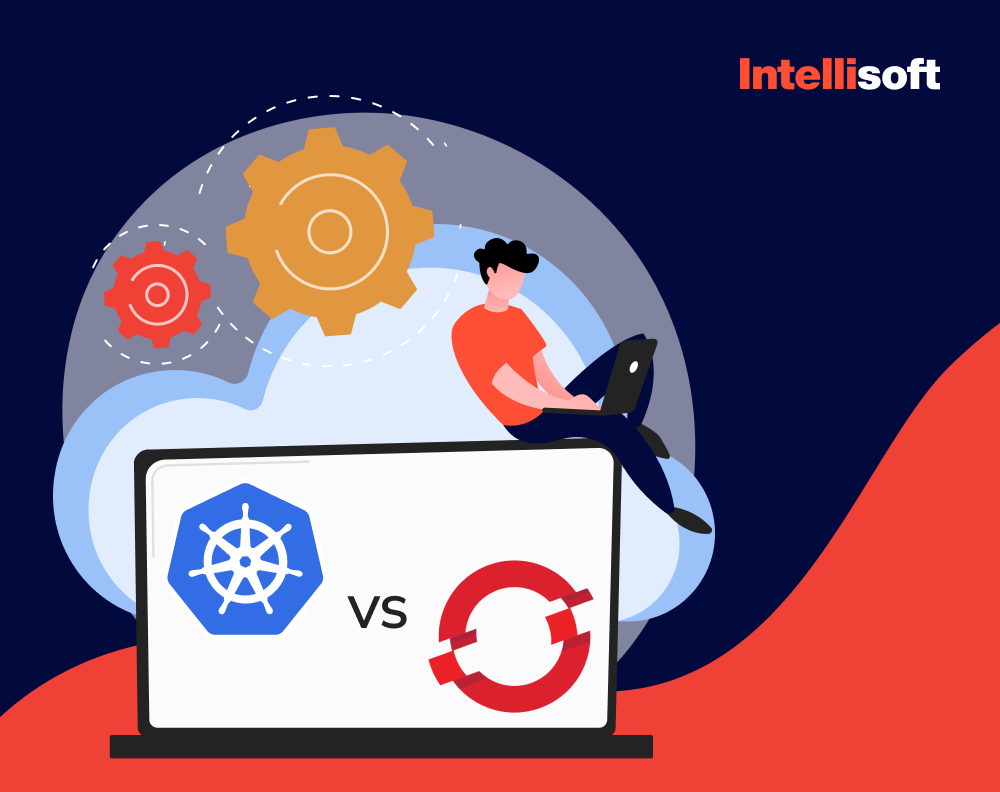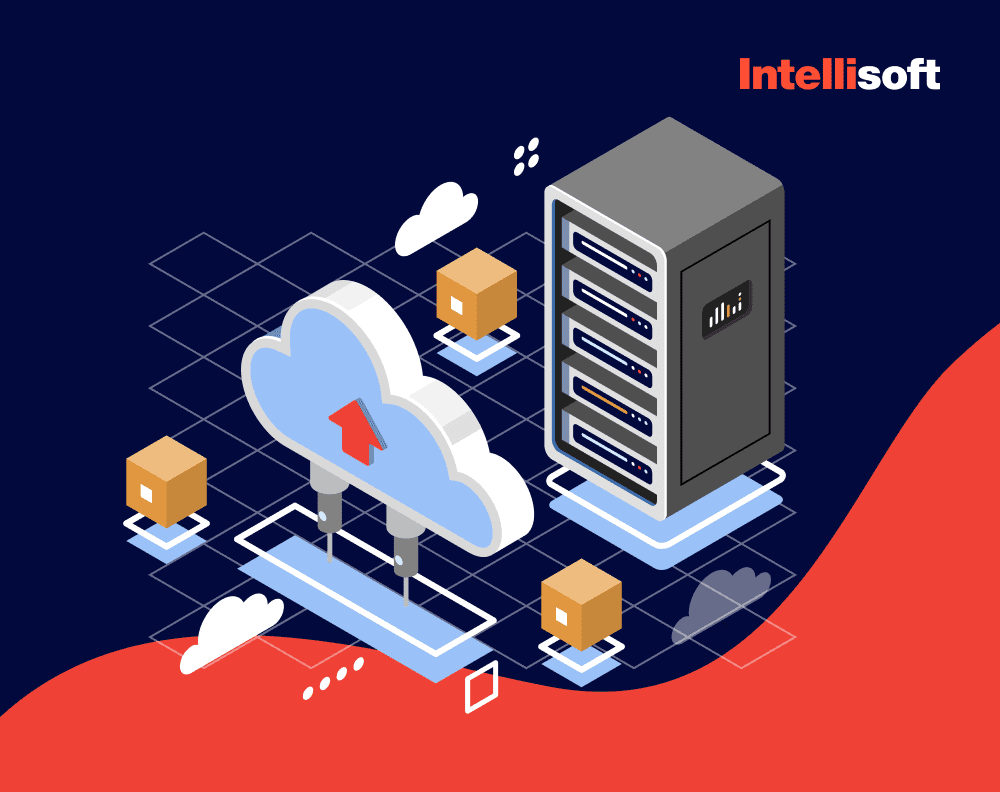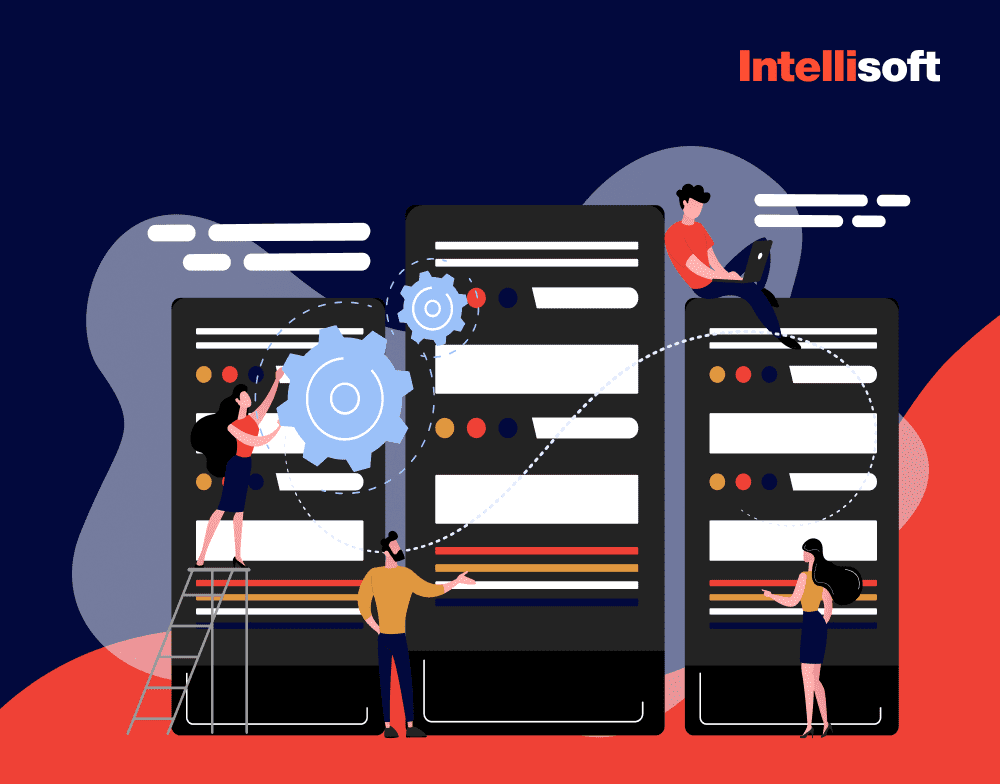In software development, innovation must always intersect with practicality for better efficiency. Let’s talk about selecting the right architectural framework for your projects. We want to address many tech leaders’ crucial questions: which architecture should you opt for, serverless vs microservices? Which approach is more suitable for your enterprise?
Choosing the right architecture in the microservices vs serverless equation is about more than just meeting immediate needs. It’s about preparing your business for long-term success. Both serverless and microservices architectures offer enhanced agility, scalability, and robust performance, which are essential for driving modern businesses forward. Each framework has its advantages and approach to security, making this decision important beyond just technical considerations.
Why is this important? Because the architecture you choose can significantly influence how responsive, efficient, and secure your applications are. Join us as we explore how serverless vs microservices architecture can transform your business. IntelliSoft aims to provide the knowledge to help you make the right decisions. Let’s examine these technologies, compare their benefits, and understand what they can bring to your tech environment.
Table of Contents
Microservices Architecture: A Modular Approach to Development
In software development, microservices architecture represents a shift towards modularity and independence. Instead of the traditional monolithic approach, it breaks down complex applications into smaller, interconnected services. Each microservice is crafted to perform a specific function and operates independently, yet together, they form a dynamic and robust system.

Types of Microservices
Microservices architecture divides a complex application into smaller, manageable pieces called microservices. These are specialized and autonomous, each handling a distinct business function. You’ll typically encounter two main types of microservices:
Stateless Microservices
Think of a hermit crab moving from shell to shell without carrying the previous one. Stateless microservices work similarly. They don’t save user data between sessions, making them perfect for tasks where data doesn’t need to persist beyond the initial interaction.
Stateful Microservices
Stateful microservices, on the other hand, are like squirrels storing nuts for the winter. They retain data across sessions and interactions, which is crucial for applications that need historical data context or user-session information.
How Does Microservices Architecture Work?
Implementing a microservices architecture is like assembling a high-performance team where each member has a specific role, and they all communicate via walkie-talkies (APIs). Here’s how it works:
Service Segmentation
Each microservice focuses on a specific task, similar to a department within a company. This specialization allows for targeted updates and maintenance without disrupting other services.
Independent Deployment
Different departments can upgrade their tools independently, but each microservice is deployed independently. This ensures updates or fixes don’t require a complete system overhaul.
Inter-service Communication
Microservices communicate with each other using APIs, typically over HTTP/REST for real-time requests or asynchronous messaging for background tasks, ensuring smooth workflow between services.
Decentralized Data Management
Each microservice manages its database, avoiding the database equivalent of a traffic jam. This helps maintain performance and enables efficient scaling.
API Gateway
This gateway is the entry point for all client requests, directing them to the appropriate microservices. It simplifies client interaction and provides a unified interface to the backend services.
Advantages of Using Microservices Architecture
Microservices offer a range of benefits, particularly appealing for projects needing robust scalability and flexible service management:
Scalability
Each service can be scaled independently, allowing for more precise resource management.
Flexibility
Changes can be made to a single service without affecting the entire application, perfect for continuous improvement.
Resilience
If one microservice fails, the others continue functioning, minimizing downtime.
Use Cases for Microservice Architecture
Microservices are not a one-size-fits-all solution but excel in certain scenarios:
Complex Applications
Ideal for large systems needing regular updates or new features, as each component can evolve independently.
Legacy System Overhaul
Microservices can modernize old, bulky applications by breaking them into more manageable, modern components that are easier to update and maintain.
High Load Applications
For applications facing huge amounts of traffic or processing large data sets, microservices allow the efficient distribution of these loads across multiple services.
Companies like Netflix have dramatically improved their operations by adopting microservices, achieving remarkable agility and cost savings. IntelliSoft uses this architectural style to build robust, scalable, and efficient applications, ensuring your enterprise remains agile and responsive in today’s fast-paced digital landscape.
Serverless Architecture: Beyond Traditional Servers
Serverless architecture is changing how we deploy and manage applications. By focusing on executing code instead of maintaining servers, this model offers a flexible framework that meets the dynamic demands of modern software development.

How Serverless Architecture Powers Modern Development
Serverless architecture, a game-changer in cloud computing, removes the need for traditional server management and focuses on code execution. Developers create small, purpose-specific functions instead of large code blocks, each designed to perform a specific task. These functions are deployed to a cloud provider like AWS Lambda, which handles server management, scaling, and maintenance.
Functions run only when needed, triggered by specific events or requests. This dynamic scalability ensures resources are used efficiently without manual intervention. You pay only for the execution time your functions use, not for idle server space. This billing method can significantly reduce costs, especially for applications with varying workloads.
This model integrates seamlessly with microservices, allowing applications to be modular yet cohesive, enhancing development agility and operational efficiency.
Advantages of Embracing Serverless Architecture
Using serverless architecture offers many benefits, making it an attractive option for businesses looking to streamline operations:
Cost Efficiency
Costs are directly tied to resource usage, eliminating expenses associated with idle server capacity.
Scalability
Serverless functions can automatically scale in response to demand, perfect for handling unpredictable loads.
Operational Simplicity
Developers focus on writing code. The cloud provider manages the runtime environment, reducing operational overhead.
Reduced Time to Market
With infrastructure management handled, teams can deploy features faster, speeding up development cycles.
Enhanced Performance
With cloud providers placing servers globally, latency is minimized, improving user experience.
Practical Use Cases for Serverless Architecture
Serverless architecture excels in various applications, showcasing its flexibility and efficiency:
Web and Mobile Backends
Ideal for handling APIs that power applications, serverless can effortlessly scale to manage traffic spikes, ensuring smooth user experiences.
Multimedia Processing
Serverless functions are automatically triggered by uploads and can process media files, such as resizing images or transcoding videos, using cloud resources only when necessary.
Real-Time Data Processing
From IoT device streams to online transactions, serverless functions can process and analyze data in real time, adjusting to data flow without manual scaling.
Event-Driven Applications
Serverless is perfect for applications that respond to real-time events, providing immediate processing and feedback, which is essential for sectors like finance and e-commerce.
Serverless architecture helps businesses move towards a more agile and cost-effective development model. It aligns perfectly with the need for responsive and scalable application frameworks.
“Serverless is about how you make decisions — not about your choices. Every decision is made with constraints.” – Ben Kehoe
Related readings:
- Building Microservices: Top 5 Languages For Your Project
- Monolithic vs Microservices Architecture: Pros and Cons
- Docker and Microservices: The Future of Scalable and Resilient Application Development
- Docker 101: Stop, Delete, and Manage Your Containers Like a Pro
- Complete Guide to Cloud App Development: Key Steps & Costs
Outlining the Distinctions: Serverless vs. Microservices Architecture
Exploring the fundamental differences between serverless vs microservices architectures reveals a landscape where strategic technology choices meet business needs. Both aim to enhance scalability and flexibility, but they use distinct application development and management methods. Let’s dive into the core aspects of serverless and microservices.
Design Philosophy
Microservices architecture focuses on breaking down an application into small, independently functioning services, each with its database and communication pathways via APIs. This method emphasizes autonomy and modular scaling, facilitating easier updates and robust system resilience. On the other hand, serverless architecture simplifies server management by executing code in response to events. This approach eliminates the need for continuous server operation, promoting efficiency and reducing resource wastage.
Execution Model
Microservices operate continuously, forming the backbone of a larger, persistent system. This allows them to manage state and handle data persistently across transactions. Serverless functions, however, are ephemeral, springing into action only when triggered by specific events. This stateless nature leads to differences in application structure: microservices for ongoing operations and serverless for responsive, event-driven tasks.
Resource Management
In microservices, developers have substantial control over the runtime environment and resource allocation, supporting complex, stateful applications requiring persistent data management. In contrast, serverless architectures offer a hands-off approach where the cloud provider oversees resource scaling and management. This simplifies deployment but reduces control over the computing environment.
Complex Applications vs. Short-Term Services
Microservices are ideally suited for complex, long-term applications that demand scalability, resilience, and consistent performance. They support sophisticated functionalities requiring detailed inter-service interactions and state management. Serverless architectures, however, excel in handling short-term, event-driven processes that do not need long-running execution, making them ideal for tasks like data processing triggered by user actions or system events.
Maintenance
Maintaining microservices architectures relies heavily on the development team’s capabilities. They are responsible for monitoring, updating, and securing each service, which can be resource-intensive and costly. Serverless, however, shifts the maintenance burden to the cloud provider, reducing overhead for the development team and allowing them to focus solely on coding.
Costs
Microservices incur higher initial development and ongoing maintenance costs due to their complex design and the need for multiple development teams. Each service’s autonomous nature increases overhead but offers greater control and avoids vendor lock-in. Serverless architecture, by contrast, can significantly lower costs by eliminating server maintenance, hardware investment, and labor involved in managing infrastructure.
Runtime
The runtime of serverless functions vs microservices is constrained by the cloud provider’s policies, typically limiting maximum execution time to handle short-lived operations efficiently. Microservices do not face such runtime constraints. They are designed to handle prolonged operations, supporting complex, long-term tasks that involve extensive data manipulation and storage. This freedom from runtime limits enables microservices to provide continuous service for applications requiring stable, ongoing performance.
Here is a comparison table that clearly outlines the distinctions between serverless vs microservices architectures:
| Feature | Serverless Architecture | Microservices Architecture |
|---|---|---|
| Design Philosophy | Focuses on eliminating server management, emphasizing code execution in response to events. | Divides applications into small, independent services, each performing specific tasks. |
| Execution Model | Stateless, ephemeral functions triggered by events, does not run continuously. | Continuously running, stateful services that are part of a larger system. |
| Resource Management | Managed by the cloud provider, reducing operational complexity for developers. | Developers control the environment and resources, allowing for customized setups. |
| Application Suitability | Best for short-term, event-driven processes without long-running execution needs. | Ideal for complex, long-term applications requiring persistent data management. |
| Maintenance | Lower maintenance burden as the cloud provider handles infrastructure management. | Requires active management by the development team, including updates and security. |
| Costs | Generally lower due to pay-per-use billing and reduced infrastructure management costs. | Potentially higher due to continuous operation and the need for multiple teams. |
| Runtime Limitations | Typically, execution time limits are set by the provider (e.g., 15 minutes on AWS Lambda). | No inherent runtime limitations; can support long-duration processes. |
| Scalability | Automatically scales with the number of events, suitable for variable workloads. | Independently scalable services are beneficial for detailed control over scaling. |
These differences highlight the distinct strategic advantages of serverless architecture vs microservices. They guide businesses in choosing the right approach based on specific operational needs and long-term objectives. By understanding these nuances, organizations can better align their technology infrastructure with their development goals, optimizing performance and cost.
Harnessing Hybrid Power: Integrating Serverless and Microservices
Combining serverless and microservices architectures can create a highly efficient and scalable solution, especially when leveraging the strengths of each approach. This hybrid model enhances application flexibility and cost-effectiveness, making it an appealing choice for businesses facing dynamic challenges. Here are some scenarios where merging serverless architecture vs microservices is particularly beneficial:
Event-Driven Applications
Applications that need to respond to real-time events are ideal for a combined approach. When you compare microservices vs serverless functions, it’s clear that serverless functions excel at reacting to event triggers and processing incoming data quickly and efficiently. When integrated with microservices, which handle specific business functions, the entire system benefits from precise task execution and broad scalability. This synergy creates a robust, reactive application architecture that dynamically scales based on demand.

Integrating Legacy Systems
Modernizing legacy systems often presents significant challenges. A hybrid approach can offer a practical solution using serverless functions to encapsulate existing microservices. This strategy enhances legacy systems with modern capabilities without requiring a complete overhaul. Gradual integration facilitates scalability and extends the functionality of old systems, easing the transition to more contemporary architectures.
Managing Complex Workflows
Combining serverless and microservices can optimize process orchestration for applications with intricate workflows involving multiple interconnected services. Serverless functions can efficiently manage the coordination and communication between different microservices, minimizing the load on each and maximizing overall resource efficiency. This setup simplifies the management of complex workflows and enhances the application’s ability to scale and adapt to new requirements.
Addressing Sporadic Traffic
A hybrid architecture can greatly benefit applications experiencing variable or unpredictable traffic patterns. Serverless components handle sudden spikes in demand due to their on-demand nature, ensuring that the application remains responsive and cost-efficient. Meanwhile, the microservices manage consistent traffic loads, maintaining steady performance and reliability. This dual approach ensures optimal resource utilization, keeping operational costs in check while delivering reliable service.
Integrating serverless and microservices combines the strengths of both architectures, providing a flexible, scalable solution that can adapt to evolving business needs and technological landscapes.
Your Future-Proof Development with IntelliSoft
As technology advances, the choice between serverless, microservices, or a hybrid approach depends largely on your business needs, application requirements, and strategic goals. Each architecture has its advantages: serverless is great for handling peak loads and sporadic traffic efficiently, while microservices excel in supporting complex, long-term applications with robust, scalable frameworks. Combined, they offer a versatile and powerful solution that can adapt to the dynamic demands of modern software development.
In this era of rapid digital transformation, making the right architectural choice can lay the foundation for a resilient, agile, and cost-effective application ecosystem. Whether you are driving innovation in a startup or managing the scaling needs of a large enterprise, understanding the nuances of serverless computing vs microservices architectures is crucial.
At IntelliSoft, we specialize in creating tailored cloud solutions that align perfectly with your business objectives. Our expertise in serverless and microservices architectures allows us to design solutions that optimize performance, scalability, and efficiency. From simplifying complex workflows to managing high-traffic loads efficiently, our team ensures your infrastructure meets current needs and is prepared for future challenges. Partner with us to build a resilient, flexible, forward-looking digital infrastructure that drives growth.
